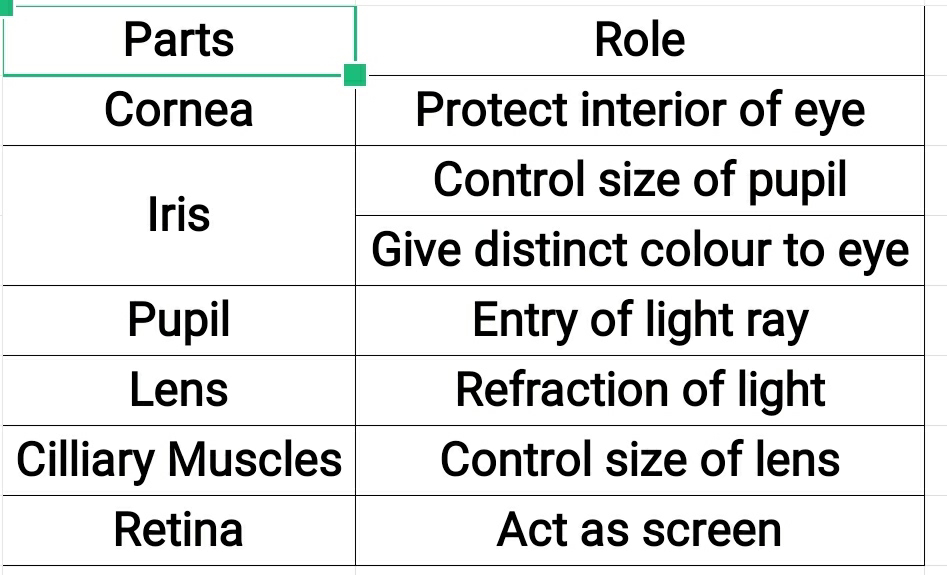Soil NCERT Science Class 7 Chapter 9 Summary
Soil
Upper layer of earth crust, is called soil.
The mixture of rock particles and humus is called the soil.
Humus
The rotting dead matter in the soil is called humus.
Weathering
Formation of soil by break down of rocks by the action of winds, water and climate, is called weathering.
Nature of soil depends on
The parent rock
Vegetation grows on it.
Wind, Climate, rainfall, temperature, light and humidity.
Soil profile
A vertical section through different layers of the soil is called soil profile.
Each layer of soil differing in texture, colour, depth, and chemical composition, is called horizon.
A-Horizon
It is dark in colour.
It is rich in humus.
Soil is fertile.
This layer is soft and porous.
This layer can retain more water.
It is also called top soil.
B-Horizon
This layer has lesser amount of humus.
This layer has more amount of minerals.
This layer is harder.
This layer is more compact.
C-Horizon
This layer is made up of small lumps of rocks with cracks and crevices.
Bedrock
The layer below C-Horizon is bedrock.
It is hard layer.
Types of soil
Sandy soil
Clayey soil
Loamy soil
Sandy soil
The soil that contains greater propertion of big particles is called Sandy soil.
The soil is loosely packed.
Space between particles - more
Water retaining capacity - less
Air in soil - more
Clayey soil
The soil that contains greater propertion of fine particles is called clayey soil.
The soil is tightly packed.
Space between particles - less
Water retaining capacity - more
Air in soil - less
Loamy soil
The soil that is mixture of clay, sand and silt, is called loamy soil.
Size of particles - medium
Space between particles - medium
Water retaining capacity - medium (good for crop)
Air in soil - medium
Percolation rate
Percentage of water absorbed
V= Final volume of water
Clayey soil and loamy soil are both suitable for growing crops. Because, such soil are good at retaining water.




Comments
Post a Comment